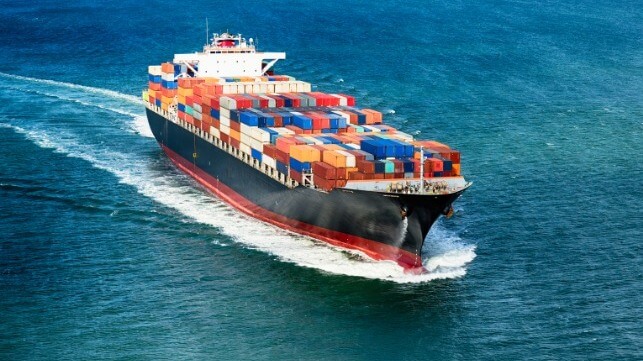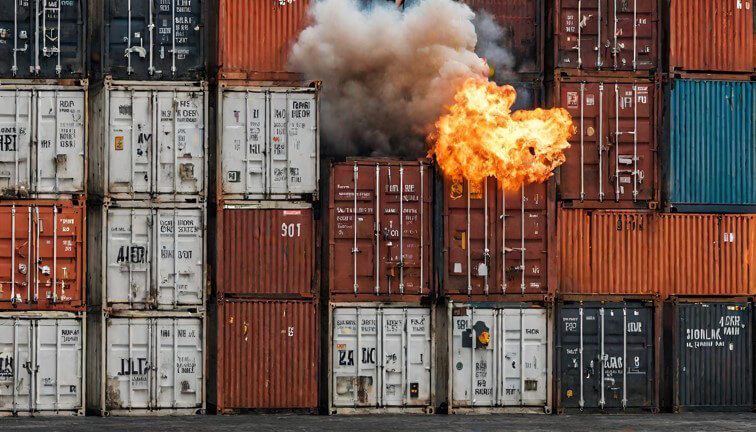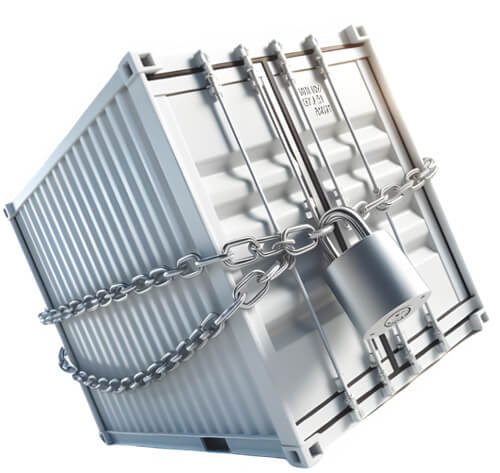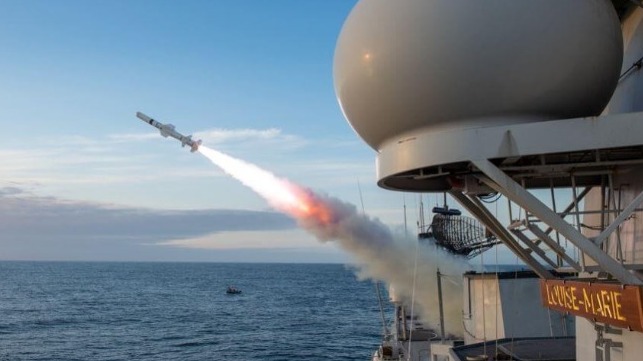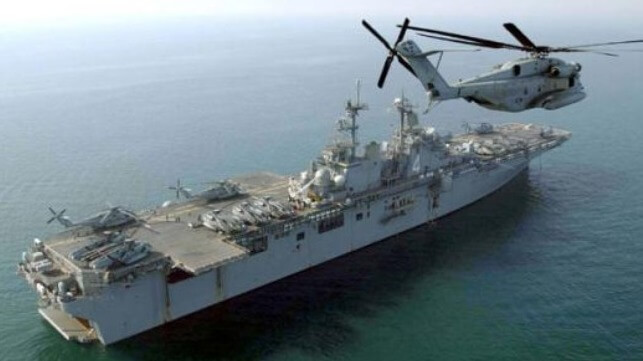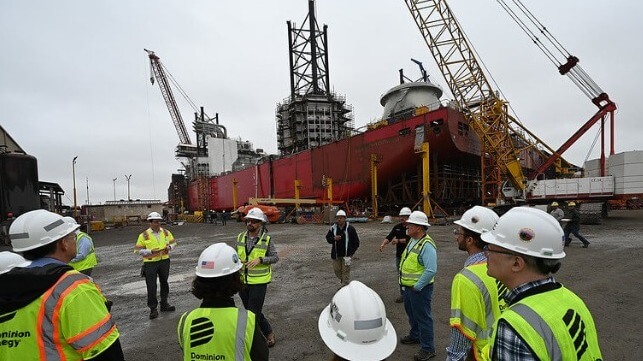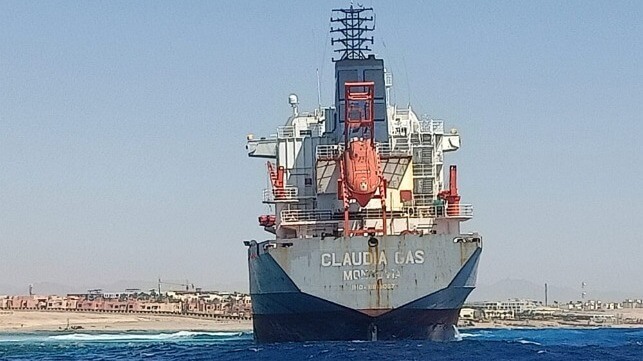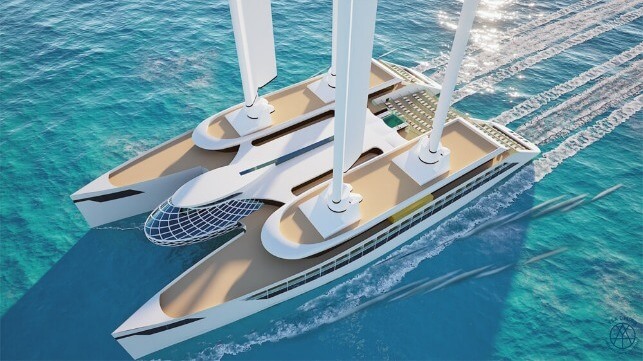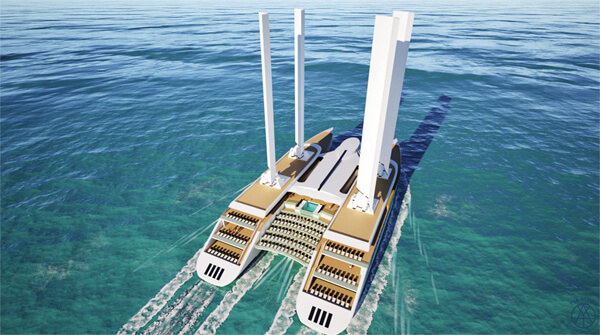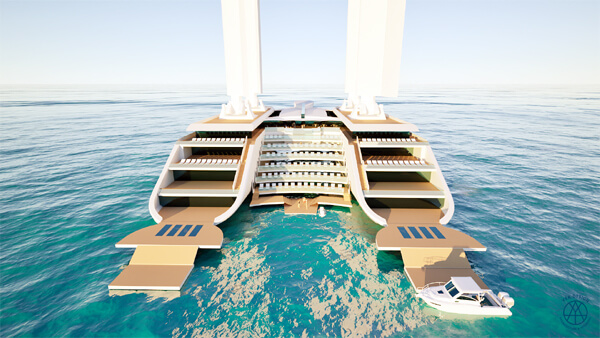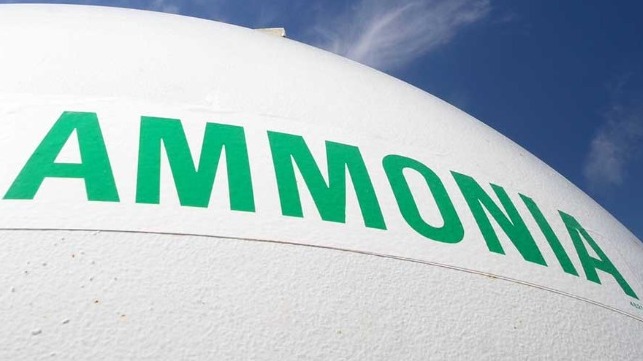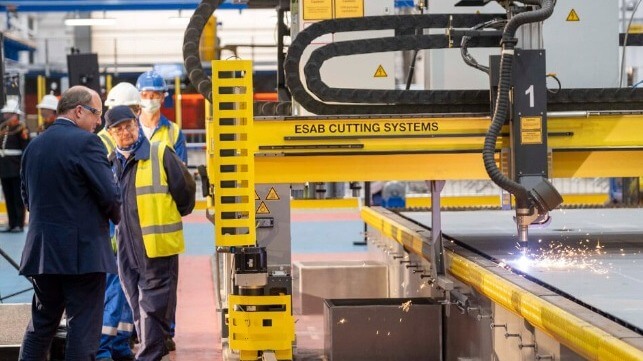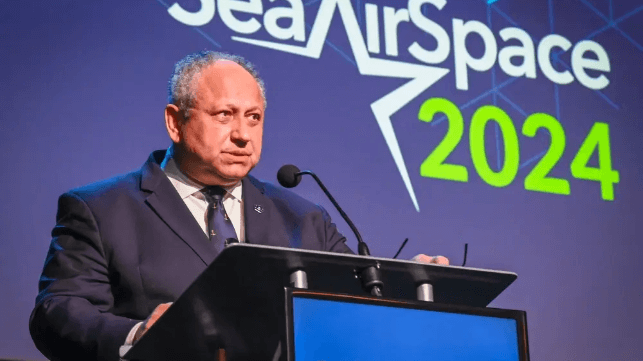Iran Accuses MSC Ship of "Violations" as Efforts Begin to Free Crew
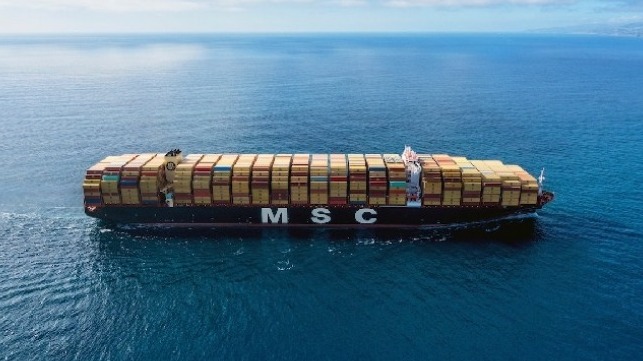
Two days after seizing the Portuguese-registered containership MSC Aries (158,000 dwt) Iranian officials accused the ship of unspecified violations of maritime law while also repeating their claims associating the ship with Israel. This came as international condemnation continued for the incident which is linked to Iran’s retaliation on Israel and as officials in India and the Philippines worked for the release of the crew.
A spokesperson for Iran’s Foreign Ministry told the state-linked media in his weekly briefing on Monday, “The ship was seized for violating international shipping regulations and failing to respond appropriately to Iranian authorities.” No further details were provided on the alleged violations with reports saying Nasser Kanaani told reporters “Authorities will provide more details as necessary.”
Iranian media reports are also accusing the MSC Aries of turning off its AIS signal. The vessel's last registered position was as it was departing the UAE on Friday, April 12, hours before it was boarded. The ship was nearing the Strait on its way to India with the media reports saying it is Israeli ships that turn off their AIS.
Speaking to the media as well as India’s Foreign Ministry, Iran asserted its right to conduct “punitive acts” against Israel alleging the United Nations has failed to act and alternately citing the need for peace in Gaza. They also repeated the assertion that the ship belongs to Israel with media reports broadly linking the ship to Zodiac Maritime, a UK company with investor Eyal Ofer. Zodiac issued a statement saying the vessel was under a long-term charter to MSC Mediterranean Shipping Company which controlled its operations.
Iranian forces boarded the ship from helicopters while it was approximately 50 nautical miles off Dubai and approaching the Strait of Hormuz. TankerTrackers.com released information showing the vessel was taken to an anchorage off the coast of Iran. A few hours later today they reported the MSC Aries had been “relocated further into the Khuran Straits and is sitting in the constellation of other vessels that have been hijacked by the IRGC.” This includes three tankers Iran has been holding for months.
Iran confirmed it had a discussion with India which has 17 of the 25 crewmembers aboard the vessel. India called for the immediate release of the crew. Iran reportedly promised to make it possible for an Indian representative to visit the crew shortly and they were trying to arrange for the crew to be permitted to call home. They are reporting that there are also four Filipinos, two Pakistanis, one Russian, and one Estonian in the crew.
Officials from both the Philippines Department of Migrant Workers and the Department of Foreign Affairs in interviews today said they had been assured the crew is in good health and receiving food and water. They said the crew was performing their normal tasks aboard the ship.
Department of Foreign Affairs (DFA) Undersecretary Eduardo de Vega during an interview said that they had been assured the crew would be released quickly. He said the seizure of the vessel was a “political message” according to a report in the Philippine newspaper the Inquirer saying the crew was not the target of Iran.
Israeli officials however have lashed out at the incident calling it piracy and demanding more international sanctions on Iran. This came hours after Iran launched a barrage of missiles and drones at Israel also as part of the retaliation for Israel’s strike on the Iranian consulate in Syria killing Iranian military leaders.
Iran has sought to downplay the effort saying they were finished with their retaliation unless Israel takes further action. During his comments, the Foreign Ministry spokesperson said Iran was committed to international law including the freedom of navigation in the Strait of Hormuz.
